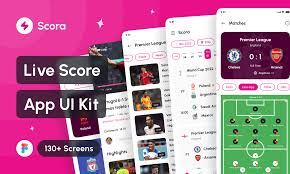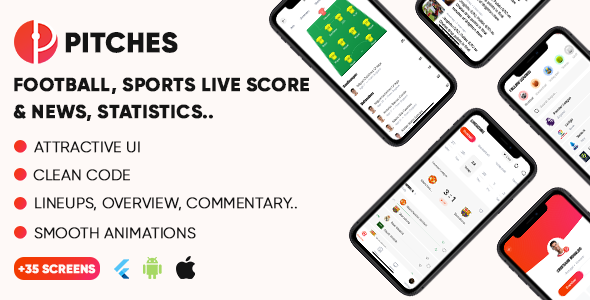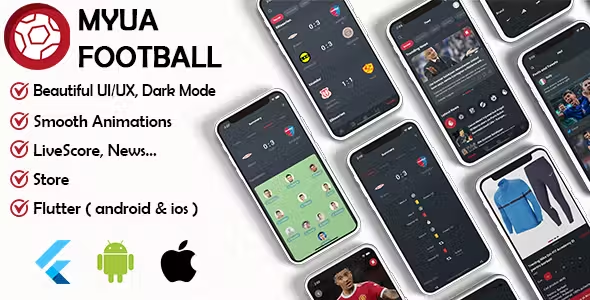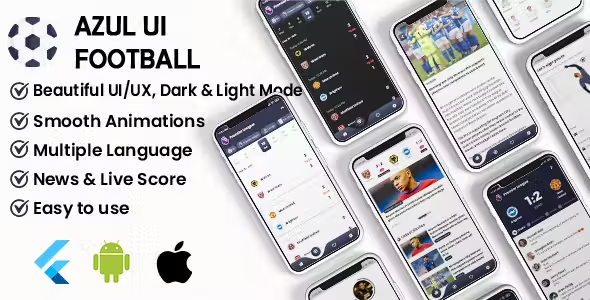
Are you looking for a Mobile App that brings your idea to life?
You've come to the right place! We create top-quality Flutter apps and websites designed to fit your unique needs.
Join hundreds of our satisfied clients who trust our work.
Number of Clients
628
Number of Sales
890
Number of Products
12
Custom Designs
5
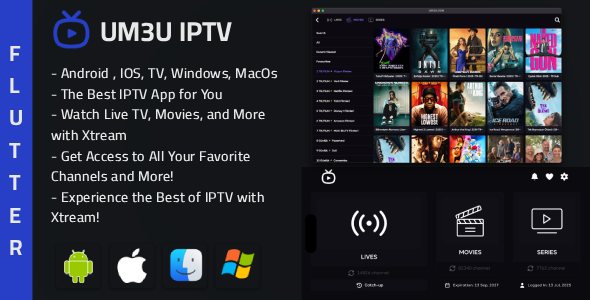
UM3U
19
Sell
Android, IOS, Web, Desktop
View
Buy Now
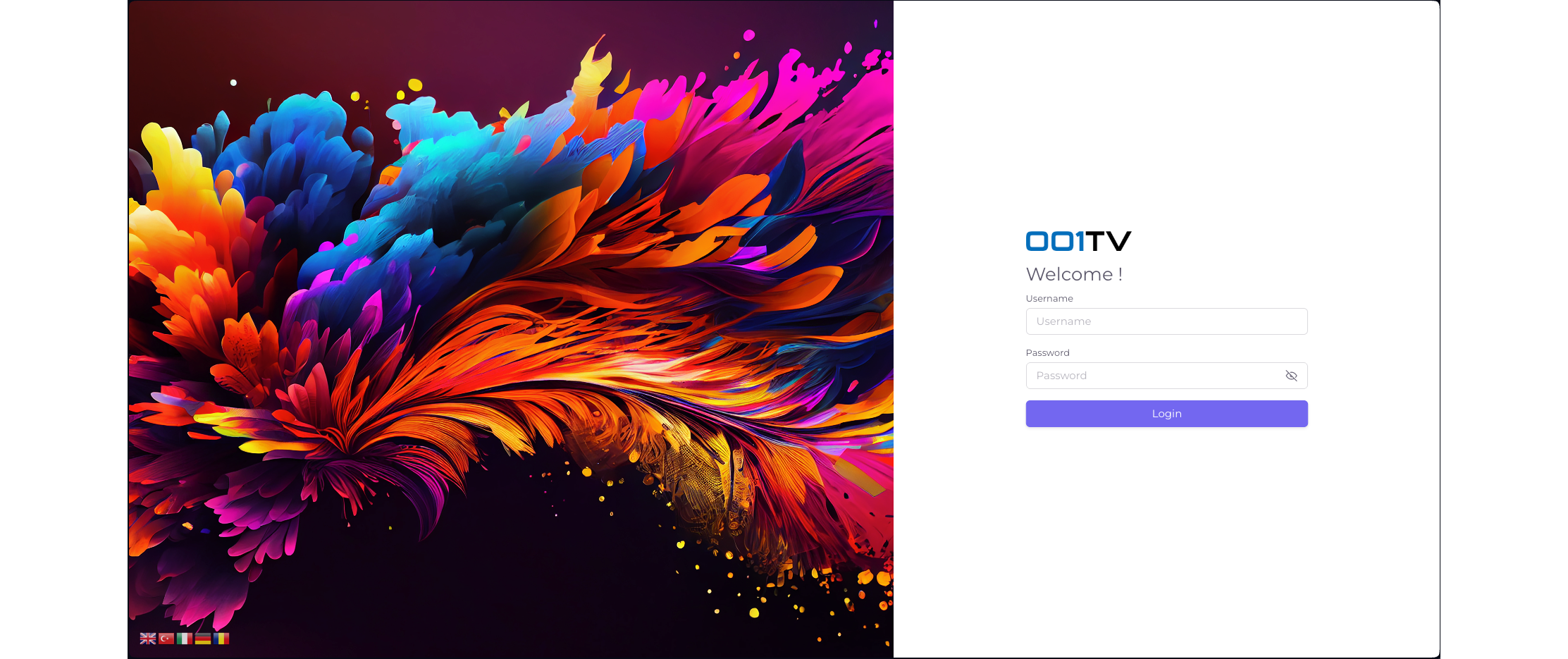
The Ultimate Reseller Panel
19
Sell
WEB
View
Buy Now
.png)
AZUL IPTV
19
Sell
Android, IOS, TV
View
Buy Now
.png)
StarBox IPTV
19
Sell
Web, TV
View
Buy Now

GOLDTV IPTV SMARTERS ( Mobile & Panel )
19
Sell
Android & IOS & TV
View
Buy Now
- 1Choose Your Template
Choose the design that fits your idea, whether it's a website or an application.
- 2Add to Cart
After selecting the design that suits you, add it to your cart and fill in your order details.
- 3Purchase Your Product
You can use the PayPal payment system to complete your purchase, or you can contact us to transfer funds through transfer agencies.
- 4Get Your Product
A few minutes after completing the purchase, you will receive a download link via email.
The most significant projects I have accomplished with love and pride.
Stay in the Loop! 📧
Get exclusive updates, latest products, and special offers delivered straight to your inbox.
By subscribing, you agree to our Privacy Policy and Terms of Use. Unsubscribe anytime.
